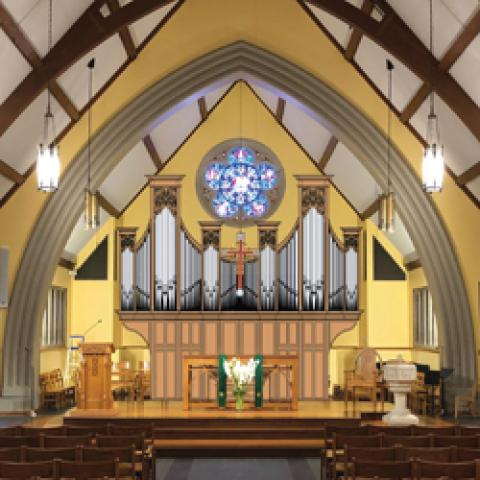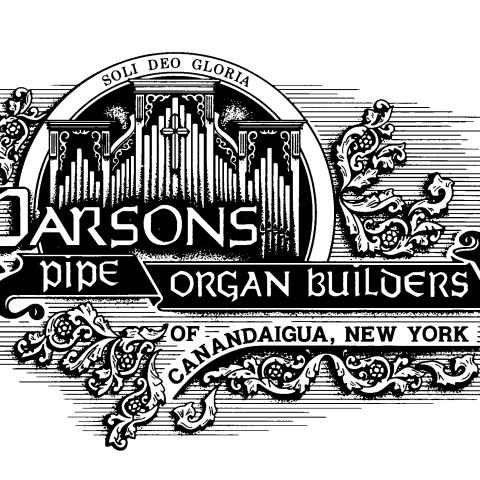
Pasi Organ Builders, Inc. will hold an open house on March 16, from 3 to 6 pm, to celebrate the completion of their new organ for St. Luke’s Episcopal Church in Anchorage, Kentucky.
The open house will take place at the Pasi shop in Roy, Washington.
The afternoon will feature music, food, and drink. Some of the area’s many fine musicians will demonstrate the organ during the open house.
The organ will be unloaded in Kentucky on April 1. It will be a front center installation on the floor level. The sanctuary has gone through a major remodel over the last year.
Pasi Organ Builders Inc.
32215 8th Ave. South
Roy WA 98580
Phone: 253/843-2914
Mobile: 253/279-8339






